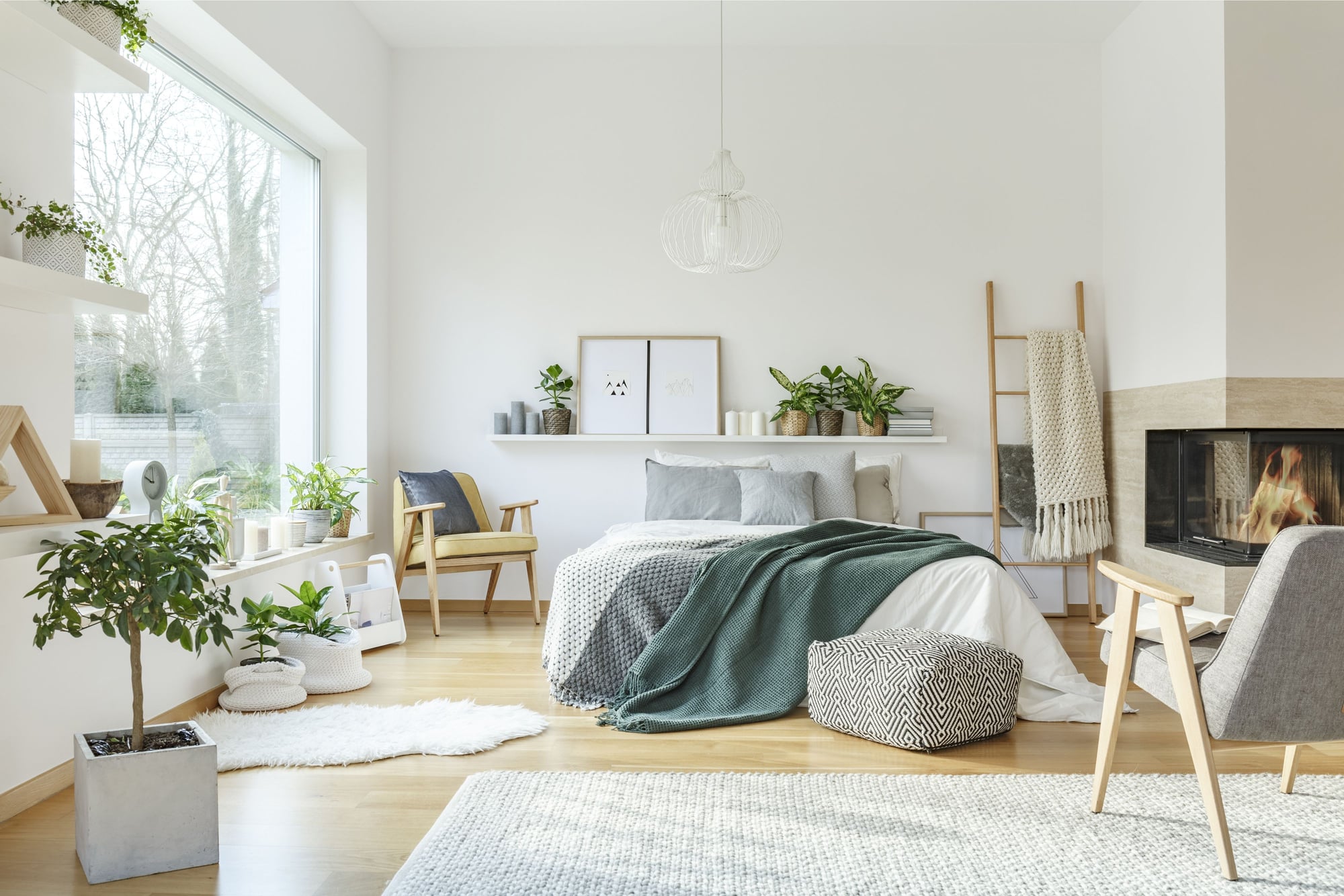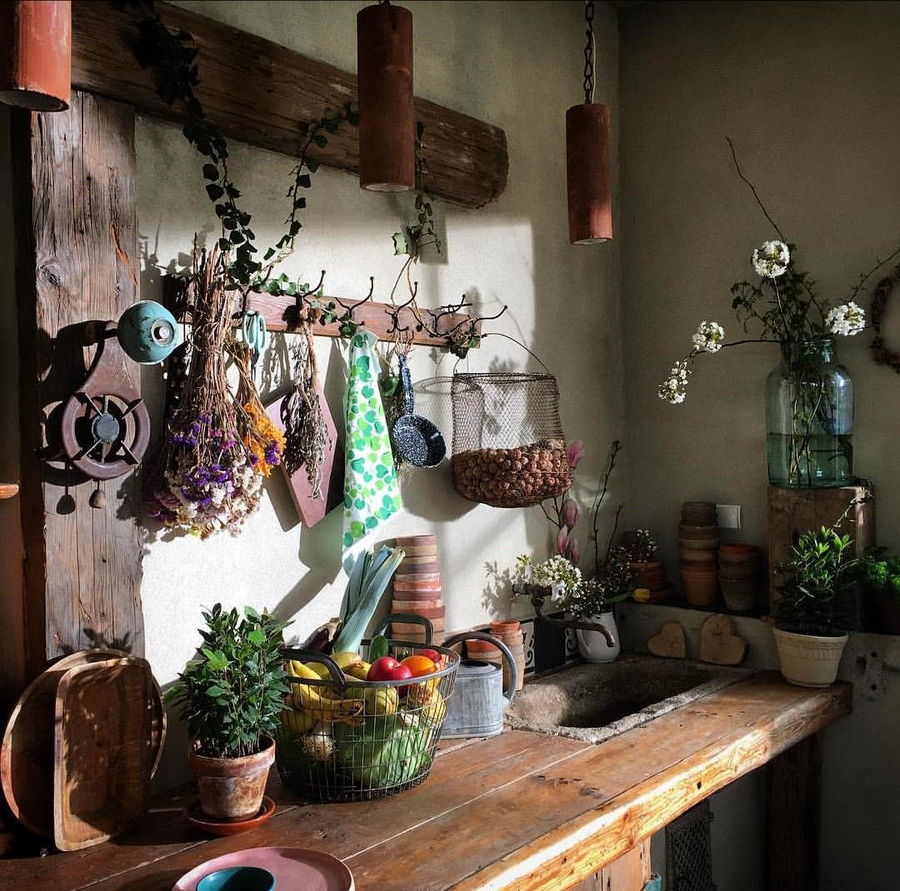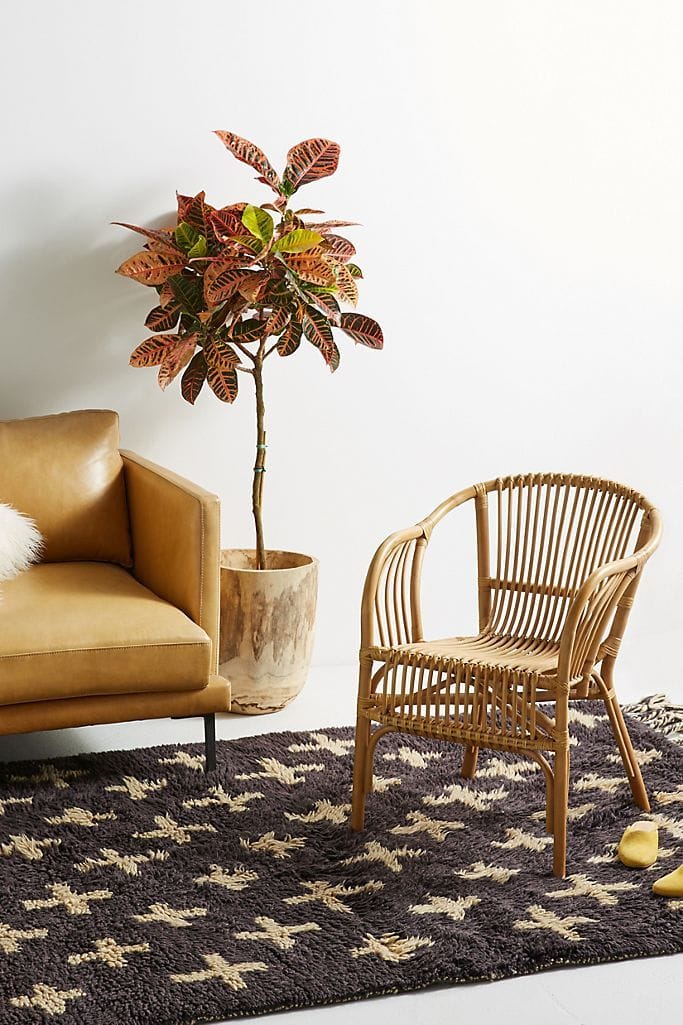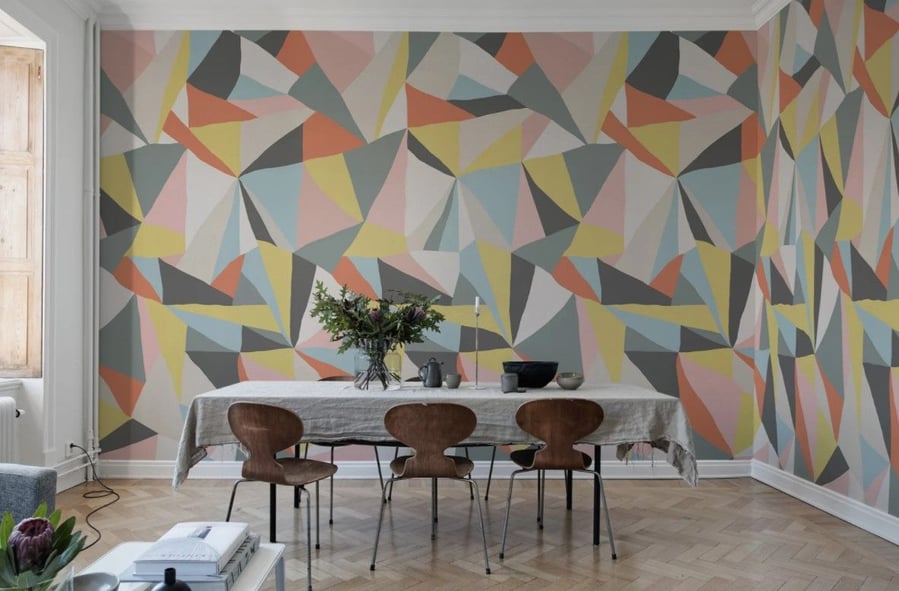These U.S. Design Trends are on Their Way Up in 2021
With a new year comes an appetite for novel sights and sounds. In the interior design scene, there are always new trends in furniture, color, and style. But if we could look into the 2021 crystal ball, what decorating zeitgeist would we see?
By studying 2020 Google Trends data, the Roofing Megastore has tried to forecast what decor course changes are in store for us. Based on the number of times consumers search certain design terms, they’re able to determine the looks that are currently making the biggest waves online — as well as the ones that are doing less than stellar. Not surprisingly, many of the up-and-coming U.S. trends seem influenced by the coronavirus pandemic, perhaps in response to shifting priorities or simply as means of escape.

The phrase that increased in hits the most in 2020 was “Scandi Style,” otherwise known as Scandinavian design, with a 2,400-percent jump in search popularity. With its clean lines and focus on functionality without a loss of beauty, people stuck at home for work and play may have gotten tired of looking at all the clutter around them. Scandi style looks like it will be a major craze in 2021 as Americans fill a need to turn their homes into calm, spacious sanctuaries.


With a search increase of 628 percent in 2020, the second hottest rising fad is “cottagecore.” In case you’re not familiar with this aesthetic that’s been gaining steam since being named two years ago on Tumblr, Fandom.com decsribes it as a “romanticized interpretation of western agricultural life.” The basic idea is that of returning to a simpler way of life, and one that is more in harmony with nature. This reaction to hustle culture became such a means of escape as the pandemic swept the globe that Tumblr saw a notable 150 percent increase in cottagecore posts from March to May 2020. The look is characterized by flowers (both dried and floral prints), old school handicrafts, plenty of indoor greenery, and nostalgic wooden furnishings. That may be one reason “cane furniture” is also trending up 273 percent in Google data. Chairs like this rattan chair from Anthropologie may be everywhere this year.


And we haven’t seen the last of “dark green walls,” as people also typed that term into google 282 percent more this year. The deep, moody hue is welcoming while still creating a little old-world drama. If you’d like to try it out in one of your spaces in 2021, Benjamin Moore’s Cushing Green or Farrow & Ball’s Duck Green might fit the bill.

Also on the upswing with a 114-percent jump on the internet is “mermaid tiles.” A geometric yet more dynamic look than the classic subway tile — which may be on its way out with a search incidence decrease of 46 percent this year — mermaid tiles come in all different sizes and colors. For instance, this bathroom wall in shades of gray is elegant with a touch of whimsy.
Other decor trends to look out for in 2021 include “statement walls” (up 170 percent), “drink trolleys” (up 117 percent), and “geometric patterns” (up 78 percent.)
And there are several decor fads whose “moment” has apparently passed, based on the search data. You may be saying goodbye to “wall paneling” (down 53 percent), “textured bedding” (down 45 percent), “art deco style” (down 36 percent), and “crushed velvet” (down 34 percent).

Of course, no one system or expert can predict the future. We may yet be surprised by the trends in 2021. This year, more than most, we have very little idea what the coming year will hold as we face the uncertainty of a second pandemic year, promising vaccines, and a heightened longing for normalcy.




